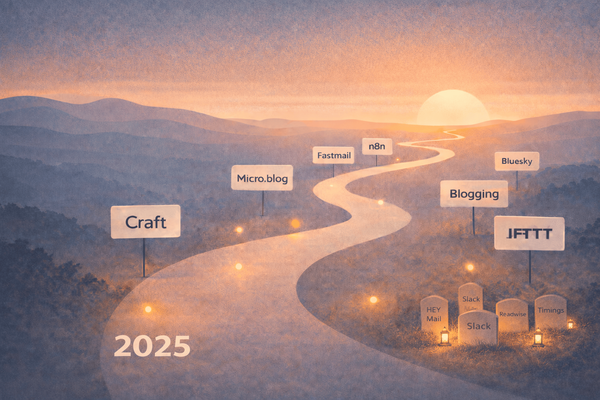Buying a Windows Laptop in 2020: My Troubling Experience
My surprising and troubling experience of buying a Windows laptop for my son entering college.

One could think that buying a Windows laptop in 2020 is quite different from twenty years ago. Think again. It is as much complex and unpleasant as it was in 2000. Here is my personal experience of buying a Windows laptop for my son entering college this month.
A simple homework
From the college provided guide, the premise was simple: a Windows laptop priced in the range of $700 to $1000 is strongly recommended. This laptop will be used for in-class and remote learning for the next two years and should be able to run basic things like Office 365 and other general purposes software. Simple, right? You are wrong.
Twenty years of evolution for nothing
What’s a Windows laptop in 2020 anyway? Well, it is a machine not very different from a MacBook from Apple. They all use a CPU1, some memory, an SSD, have more or less ports and have a screen of different sizes with or without touch input support. They are more or less lightweight and come with pre-installed software: Windows, an anti-virus, etc.
Why so many things on Windows side are always more complicated? From searching for a great product to buying the computer to using it? Is it the inherent cost of providing choices? You would think that after twenty years of evolution, all Windows laptops would be essentially using the same components and have settled on fewer configurations. After two decades, I was expecting to find great online stores with easy to select options and hit “buy”. Vendors didn’t really try to simplify their product lines nor the buying experience. Looks like they didn’t learn from the simplified Apple approach since the original iMac. Why is that? During my search for the perfect product, Dell was the only one that came close to Apple in design and simplicity.
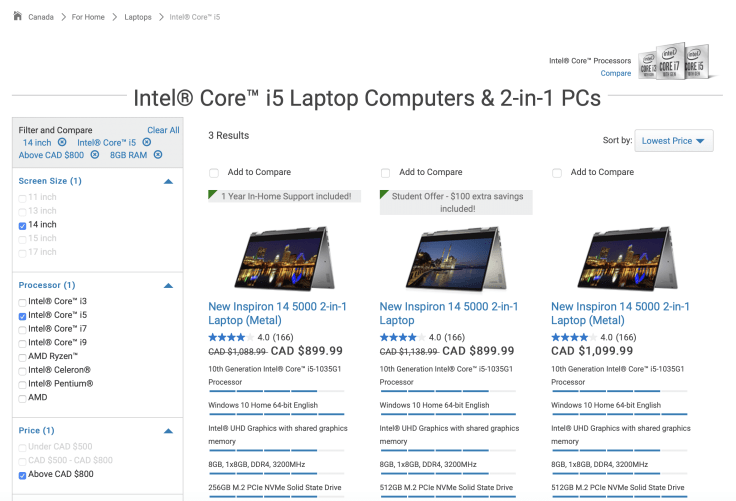
The ASUS experience
Consider my buying experience of an ASUS ZenBook. I chose ASUS after spending a few hours googling for a Windows laptop comparing Dell, HP, ASUS and Acer. So, after a bit of searching operation within ASUS main site, I finally found the ZenBook section. Hitting the “Shop Now” button as shown below, brings a popup menu to select a reseller. On the iPad, the popup is visually broken.
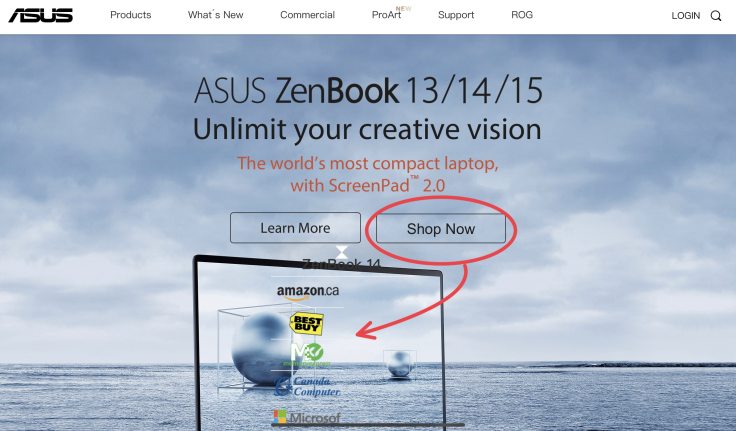
Not only the popup is broken but the link is broken too as shown below. Since I knew BestBuy was reselling ASUS products, I went on their website and entered the following keywords: ASUS ZenBook 14. The search results were surprising.

There were close to two thousands different configurations available to choose from. How is this even possible for a single product line? Search results were classified in categories that were too similar like “refurbished” and “open box”. The vast majority of configurations are on sale. I guess the timing was good to buy an ASUS! Suffice it to say that the experience is a bit overwhelming. Where do you start? Why not present a basic configuration that can be modified as needed? Manufacturers didn’t learn and neither the resellers.
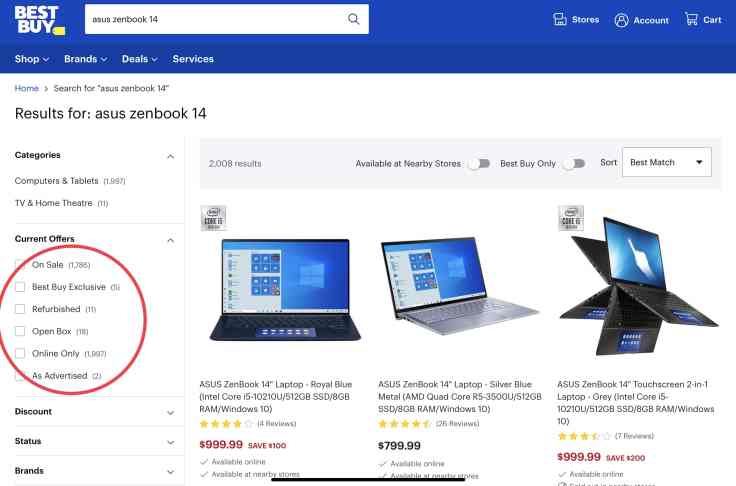
The Apple Store experience
Now, compare this to the Apple experience of buying a new Mac2. First, the web landing page for potential student buyers is much more clean and enticing. The message is clear: you buy a new Mac or an iPad and you get a pair of free AirPods. Simple. Tempting.
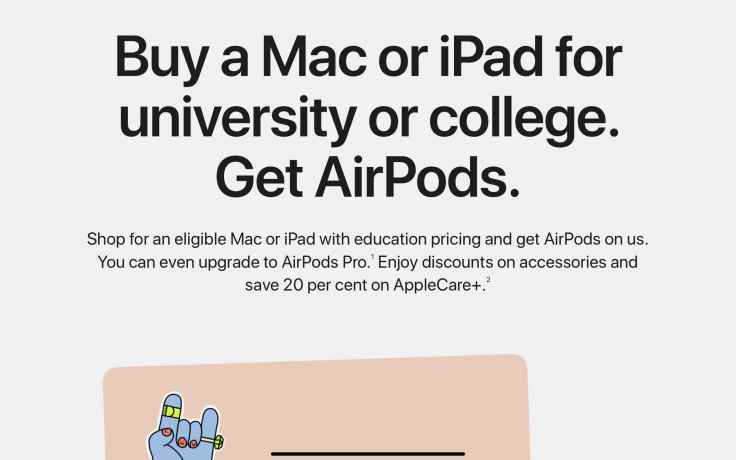
The best buying experience is by using the Apple Store app. From the start page, you get a clear idea of Apple’s Mac product lines. Hitting the MacBook Air tile will move you to select a configuration step.
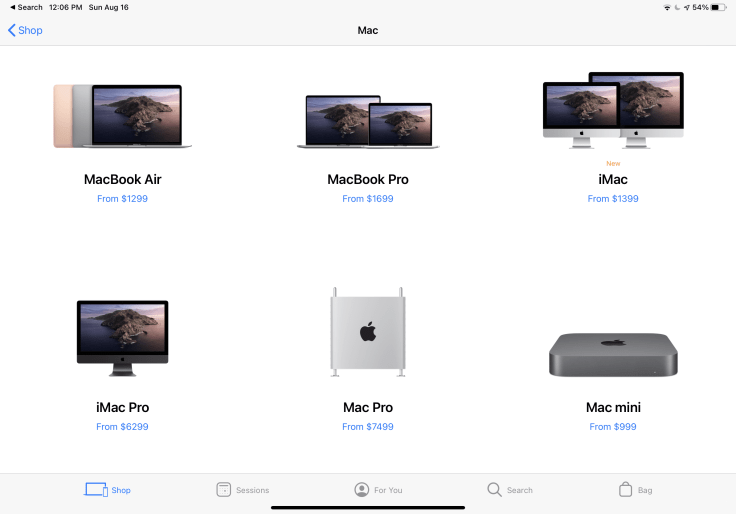
As shown in the following screenshot, selecting the desired color of the MBA is done by tapping the desired tone circle. You get a clear description of each starting configuration. Apple could have made it even more visually descriptive instead of the wordy bullet points, though.
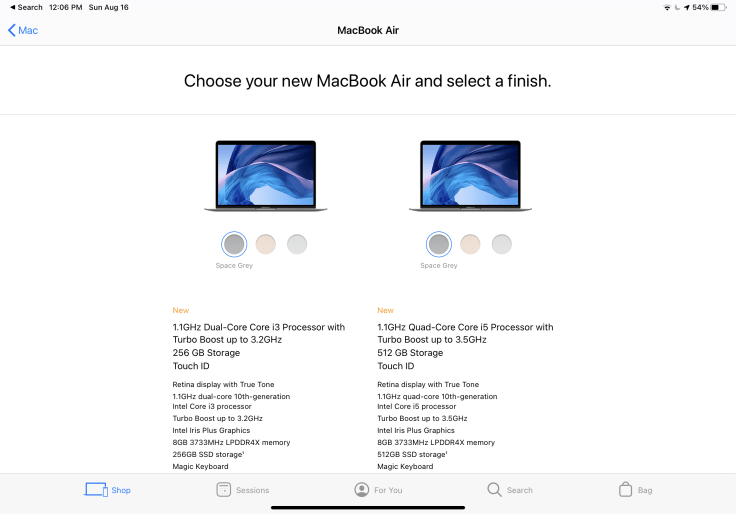
Next, you customize the selected configuration by changing components like CPU speed, the amount of RAM and the size of the SSD, a straightforward experience. I know, Apple doesn’t provide a bazillion of options, but the fundamentals behind the purchasing experience are simple. Why is it so hard in the Windows computer world?
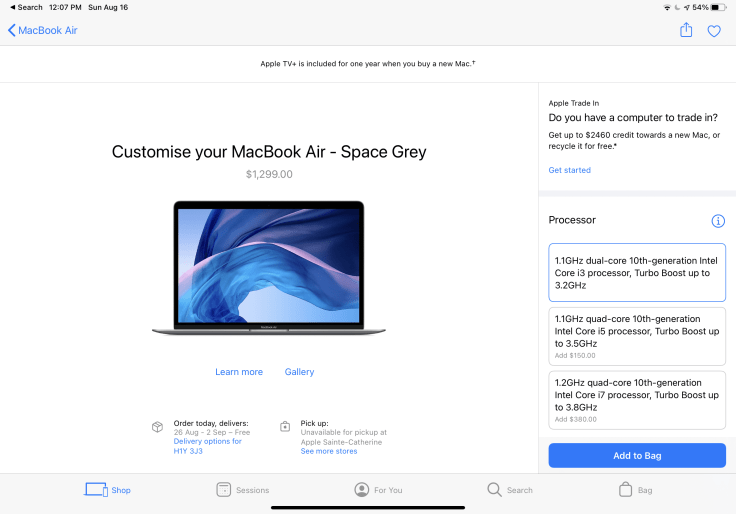
Beyond the buying experience, a troubling discovery
The ZenBook 14 machine is light, well constructed with a premium design and the keyboard is really nice. Opening the laptop from the lid, produced the same experience as on any MacBook: the bottom part of the laptop stayed well in place. That was unexpected. For something that I picked up from a million possibilities, I’m pleased with my choice. I have the feeling that I won the lottery. My son seems happy with it. But, during the setup process, I discovered something troubling3. My setup experience of the ASUS ZenBook 14 went flawlessly. Yes, there are many steps involved… as many steps as setting up a brand-new MacBook or an iPad with advanced options selected.
As Windows Setup was asking questions about operating parameters, I was astonished to listen to my son saying he didn’t know about Microsoft Windows at all. He doesn’t know the different browsers (Microsoft’s or Google’s). He doesn’t know either about the local windows account vs a Microsoft account. My son is seventeen. He’s not computer-literate, he’s iPad literate. I find this to be troubling for someone entering college. It is such a different environment from twenty years ago. I guess he will learn a lot more about Windows during his college years. I certainly hope so.
Closing remarks
I can’t remember exactly when was the last time I bought a Windows machine for myself. All my past Windows computers were provided by my employer and I didn’t have to choose which one I would use. My buying experience of this ASUS ZenBook proved to me that nothing really changed in the last twenty years. But, I learned along the way that young generations are not as much computer-literate as I thought.
- Most of the time an Intel CPU but Windows machines can also use an AMD CPU. ↩
- For the sake of this article, I’m buying a MacBook Air. I mean, not for real, just simulating the experience. ↩
- I was behind the keyboard for the duration of the setup process as I’m knowledgeable in computers (even if non-Apple computers). ↩

